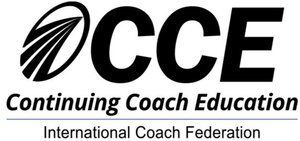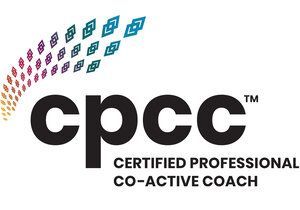Mindfulness in the CBD

Many people think of meditation as a way of emptying the mind of all the clutter from the week; the list of to do's that isn't getting smaller, the incessant phone calls and SMS that won't stop, the gnawing feeling that the work pile is getting higher and of course the vague awareness that we are living out of sync with our values, if we can even remember what they were.
So the thought of emptying one's mind can be quite alluring and it is, but what I bring to my practice is the philosophy and belief in an approach called mindfulness. Yes mindfulness can be used in context with meditation and is in fact type or approach to meditation. But more than that, it is an approach to daily living, loving and even managing conflict.
In my practice we are often discussing a mindful approach to anger management, work stress/anxiety, addictions, relationship conflict, navigating traffic during the commute and navigating trades during the day. Being mindful in the approach to these normal occurrences allows us to respond calmly and thoughtfully, rather than reacting with judgement and assumptions. This can be learned and honed just like any skill.
It starts with learning who we are so that we can learn Self Regulation and managing the states that direct our responses.
It starts with a process of breathing and I mean that literally, followed by a sense of grounding one's self in the reality of what is happening at that moment. It helps one to eradicate the judgements that would direct an "autopilot" response to a learned behavior/reaction.
If someone cuts you off on the CTE, on the way to work as they speed by and you feel that twinge of angst rising up through the nerves in your spine and shooting directly to your fingertips where you are now gripping the wheel with fury…you should respond by recognizing the conflict then take a long deep breath. Then remind yourself that he was not cutting you off. He doesn't even know you. He was cutting off your red Toyota and it looked like all the other cars he passed already. In fact who knows, maybe his wife has just gone into labor and he is racing to join her where she is waiting for him at the hospital or he is late for a meeting where he will land a deal that will change the fate for his entire family. Sure he shouldn't be speeding. But doesn't it change your state to realize these other possibilities? Suddenly you become aware of the calming effect in your state and how your grip on the steering wheel has relaxed and your breathing has resumed. You might even smile at the thought of your earlier response realizing how useless it was and that you are still safely on your way.
Self regulation of these states most often does not come naturally and it can be helpful to seek therapy for insight and perspective when dealing with life's challenges.
Until we meet, remember to breathe, ground and respond.
All of our therapists have the tools to help lead you into a more mindful way of living. We practice what we preach, and are therefore able to give you tips and tricks that help us to live a mindful life. Contact us now and arrange an appointment with one of our therapists to find out more.
About the Author: Dr. Glenn Graves is an American psychologist who has lived and worked in Asia since 2004. The founder and director of Counseling Perspective, Glenn has nearly two decades of experience in providing counselling support to local and expatriate individuals, couples, and families in Singapore. His specialities include child counselling and trauma recovery. Read Full Bio >










